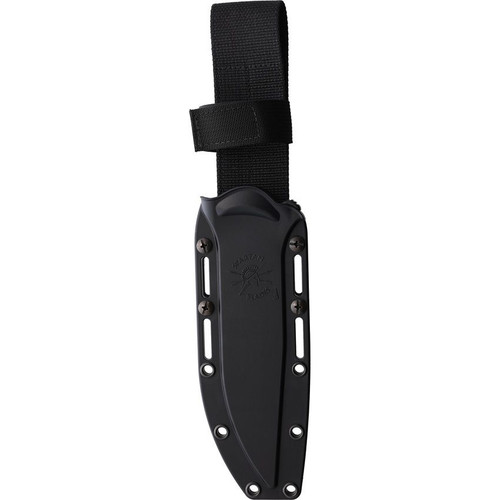The design of the Spartan-Harsey Nessmuk is based on a classic American design made famous by George Washington Sears (1821-1890) and the more moderate ergonomic designs of William W. Harsey Jr.
George Washington Sears under the tutelage of a local Narragansett Indian named Nessmuk, had his eyes opened to the natural world by his mentor who taught him the skills he would need to survive within it. Years later, when Sears began to write about that world, he took his mentor’s name, which meant "wood drake," as his byline, as well as "all his love for forest life." Under the pen name of "Nessmuk," wrote many letters to Forest and Steam magazine in the 1880s. These popularized canoeing, the Adirondack lakes, self-guided canoe camping tours, the open, ultra-light single canoe, and what many today call environmentalism. It was a happy union of technology and art, nature, and life.
By 1848, when Sears settled in northern Pennsylvania (in Wellsboro, to be near family, on the edge of what is now the Tioga State Forest), he had worked all over the country in all kinds of jobs. He had been a commercial fisherman on Cape Cod, gone to sea on a whaling ship out of New Bedford, and he wrote, "taught school in Ohio, bull whacked across the Plains, mined silver in Colorado, edited a newspaper in Missouri, was a cowboy in Texas, a ‘webfoot’ in Oregon, and camped and hunted in the wilderness of Michigan."
Through his writings, Nessmuk preached a gospel of the wonders of the wild, but he was no throwback romantic. Indeed, he was among the first to warn of its potential destruction by man’s hands and the wheels of progress. And then, in 1879, Nessmuk reappeared when a reader of the magazine Forest and Stream, the nation’s premier outdoor publication, wrote a letter to the editor praising his work and wondering what had become of him. Seeing the inquiry, Sears dusted off his old byline. He would contribute more than ninety articles to the magazine before his death.
His unvarnished prose taught readers the best way to light a fire, pitch a tent, catch a frog, cut hemlock branches for bedding, cook a johnnycake, make “punkie dope” to keep the flies and mosquitoes away, and carry in only what was necessary. “Go light,” he advised, “the lighter the better.” More significantly, his respect for the wilderness led to his pioneering call for conservation of the nation’s natural resources.
Back in Wellsboro, between 1883 and 1884, he wrote Woodcraft, a marvelous compendium of practical advice and grounded musings. As a seasoned outdoorsman, Sears understood that nature could be harsh, and that the skilled woodsman needs to accept natures realities. The book was an immediate success. He followed up with a series of popular articles in Forest and Stream called “The Log of the Bucktail,” recounting his thirty years of exploring the woods and waters around Wellsboro, and, in 1886, the magazine published, by subscription, a collection of his poetry, Forest Runes.
In declining health with malaria, tuberculosis, and asthma, Sears made one more significant canoe trip, along the eastern coast of Florida, in the winter of 1886, which he chronicled for Forest and Stream. His last major contribution to the magazine, published in 1889, was a long recollection of his Amazon excursion of a decade before.
Sears died in 1890. In his last months, he was so weak that his legs failed him, but his love of the outdoors never wavered. His family set up a tent so that he could continue to camp with his grandchildren.
More than a century after his death, the Nessmuk name remains preserved around Wellsboro, attached to both a mountain and a lake. Woodcraft is still in print. And the tiny canoe—the 10-1/2-pound Sairy Gamp, named for a character in Charles Dickens’s Martin Chuzzlewit—that Sears paddled through the Adirondacks on his third journey is now owned by the Smithsonian Institution and on permanent display at the Adirondack Museum in upstate New York.
Nessmuk’s views towards knives are arch-typical of the classic outdoorsmen; he preferred thin knives, keen edges, and a useable length. We are confident that our newest version of the Nessmuk is one that George Washington Sears would be proud of.
Made in Olean, NY in collaboration with the good people at KA-BAR knives.














